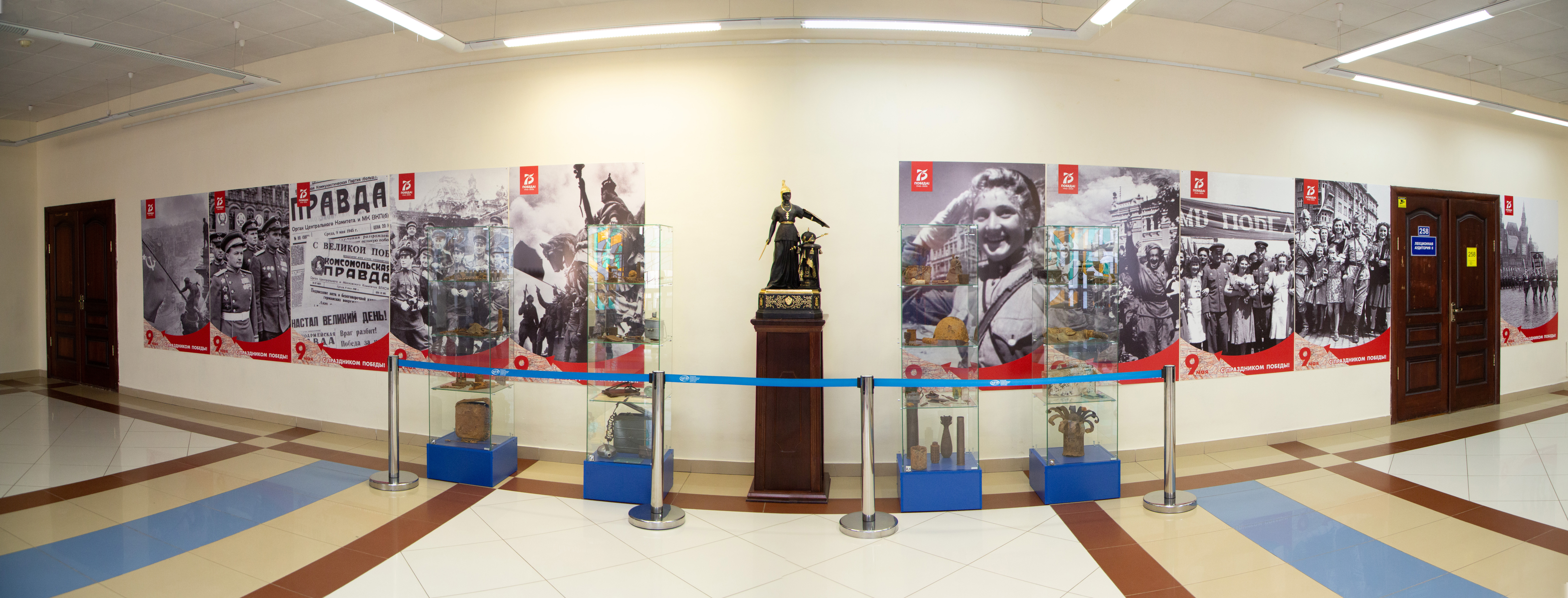 See other releases of corporate mass media
See other releases of corporate mass media
SUCH A DIFFERENT WAR: EXHIBITION OF MILITARY PHOTOS AT USUE
Any historical event and war especially is reflected, as in a mirror, in the destinies of people. In addition to the preserved official documentary materials and newsreels, personal stories in photos become an important source of information about the events of the Great Patriotic War. The USUE Museum has prepared an exhibition of unique photographs of wartime Sverdlovsk from the funds of the State Archives of the Sverdlovsk region.
Our Yekaterinburg (former Sverdlovsk) made a significant contribution to the defeat of Nazi Germany. In the early days of hostilities, there were meetings organized in all districts of our city.
In the photo: Sverdlovsk residents are listening to Molotov’s speech about the beginning of the Great Patriotic War (Square of 1905, June 22, 1941).
At the end of June-August 1941 alone, 15 thousand volunteers - Sverdlovsk citizens - went to the front. Over the years of the war, more than 100 thousand residents of the city fought in the ranks of the Red Army.

In the photo: Reinforcements with replenishment for the front are moving along the Karl Liebknecht street past the Palace of Pioneers (Kharitonov-Rastorguev manor house) to the railway station.
Thousands of Sverdlovsk citizens were awarded by the government. Among the heroes of the Soviet Union there are 11 natives of Sverdlovsk and another 62 people whose pre-war fate was closely connected with our city. Among them there are an intelligence agent N. Kuznetsov, pilots M. Odintsov and G. Rechkalov, and many others. However, the city paid a very high price for the victory achieved. Almost half of the Sverdlovsk citizens who had left for the army fell in battles, died of wounds in hospitals, and gone missing.
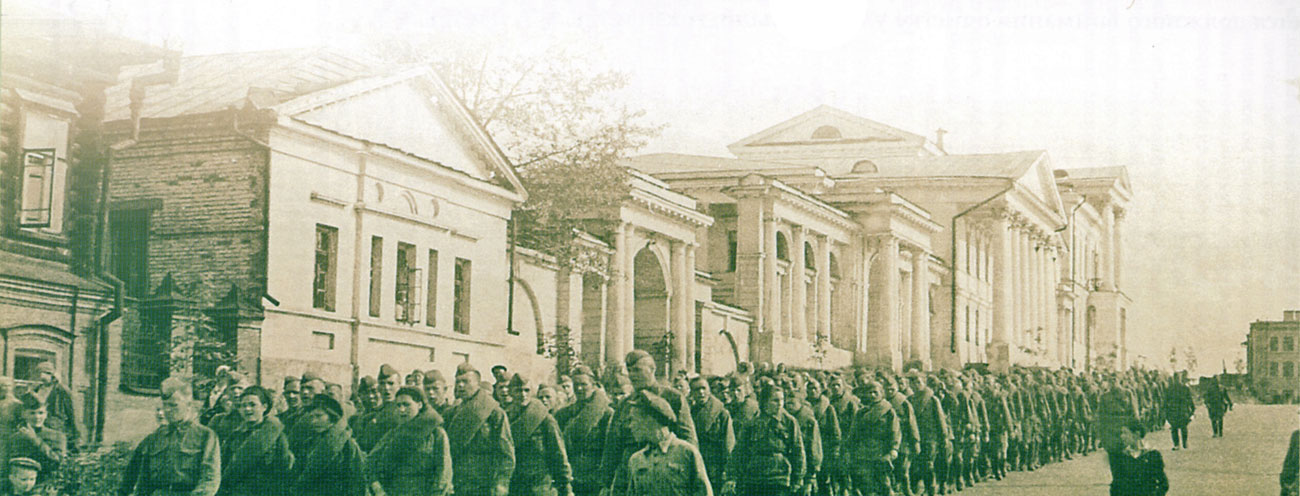
In the photo: exposition stand of the Sverdlovsk Regional Museum of Local Lore, 1945.
Only the selfless deed of homefront workers can be compared with the greatness of the feat of arms at the fields of World War II.
From the first days of the war, it was very important to satisfy the needs of the army in armored vehicles. Therefore, the Ural Heavy Engineering Plant (UZTM, Uralmash) urgently switched to mass production of military equipment.
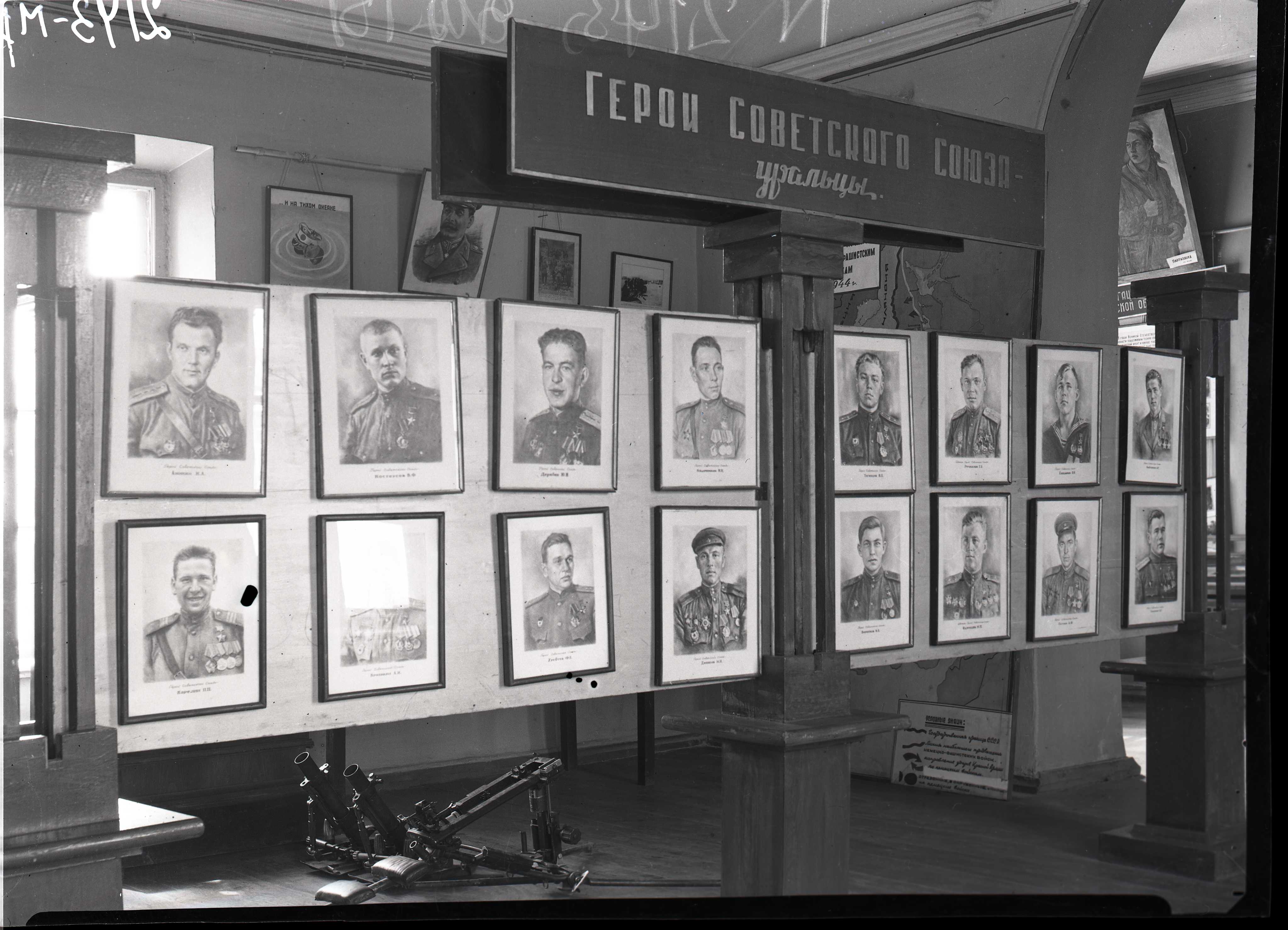
In the photo: the monument of the 1560th SU-100 released during the war years at Uralmashzavod. Light and mobile combat vehicle with a powerful gun D-10C is considered the best Soviet anti-tank self-propelled gun.
In winter 1942, the outstanding academician and bridge builder Evgeny Oskarovich Paton was the first in the world to develop and implement a high-speed welding apparatus. It happened in Nizhny Tagil, Sverdlovsk region, at the evacuated Kiev Electric Welding Institute.
The new technology for automatic submerged-arc welding for manufacturing of T-34 tanks’ hulls was first worked out at the Kharkov Tank Plant, which was also evacuated to Nizhny Tagil, and then carried over to other industries (by the end of 1942, 40 such welders were already operating at the country's plants). High-speed welding machines reduced the complexity of tank hulls manufacturing by 8 times and allowed to significantly increase the strength of the welded joint. The “Paton Seam” turned out to be so strong that it withstood direct fire from short range with armor-piercing and HE projectiles. It was estimated that during the war years, 6000 km of welds were made using submerged-arc welding machines at Ural enterprises. By the way, by 1943 Ural factories produced about 75% of all tanks in the country. Until the very end of the war, Germany had nothing of the kind, and in the USA, such welding appeared only in 1944.
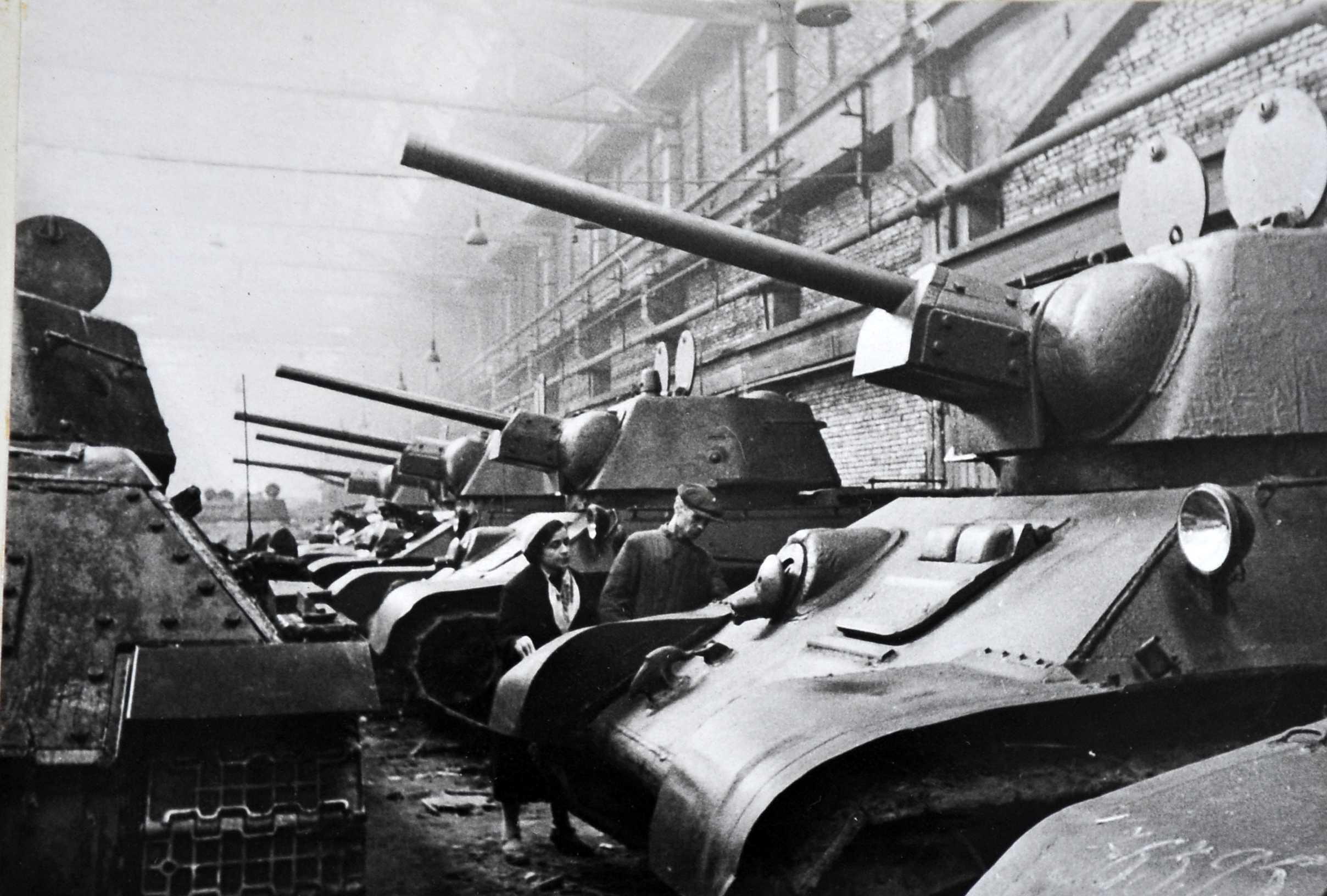
It was in Sverdlovsk where from autumn 1941 to spring 1943 the USSR broadcasting center was located. There was the most powerful radio transmitter in the country. There, in an atmosphere of strict secrecy, the chief announcer of the USSR Yuri Levitan was evacuated. Thus, the famous Levitan’s words "Attention! This is Radio Moscow!" actually sounded from Sverdlovsk - from the basement of the building on 2 Radishchev Street.
The exposition continues with wall-mounted tablets. The material for this part of the exhibition was the photos of military cameramen taken in the victorious 1945, exactly 75 years ago.
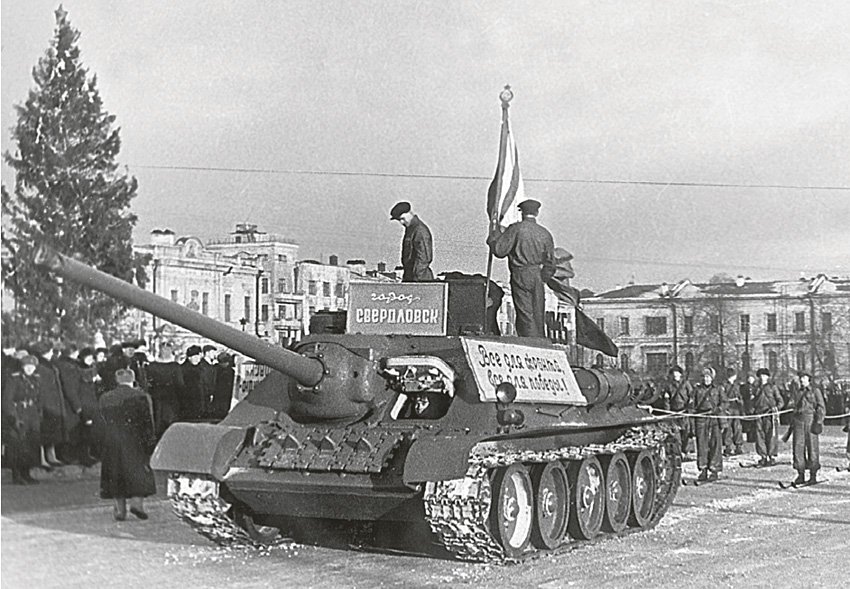
The archives have stored a large number of works by professional photographer Evgeny Ananievich Khaldey (1917 - 1997). From the age of 18, he began to work as a photojournalist, and since 1939 he has been representing TASS Photochronicles. Evgeny Khaldey made photos of Dneprostroy and photoreports about Alexei Stakhanov. He went through the Great Patriotic War from the first to the last day, taking a huge number of photographs, many of which became famous, including one of the symbols of our Victory - the photo “Victory Banner over the Reichstag”. He participated in the liberation of Sevastopol, Novorossiysk, and Kerch, the liberation of Romania, Bulgaria, Yugoslavia, Austria, and Hungary. He shot photo series about the life of the sailors of the North Sea and the Black Sea fleets, the Paris meeting of foreign ministers, the defeat of Japan in the Far East, the Potsdam conference of the Allied Powers leaders, the raising of the flag over the Reichstag, the signing of the act of surrender of Germany, and the Nuremberg trials.
Photo gallery:








